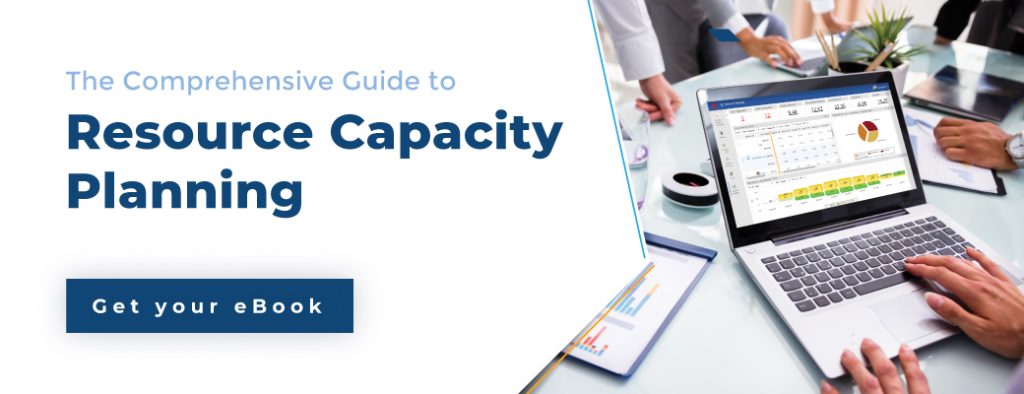Construction project management is the art of planning, handling, and executing construction projects. These projects demand knowledge in various fields starting from finance and law to business and management. Moreover, there are a plethora of challenging tasks to be handled that are prone to last-minute changes.
Subject to this, it is imperative for project managers to document a detailed, well-structured construction management plan. When every aspect and attribute of the construction project is recorded, it facilitates managers to supervise and complete the projects within time and budget.
This blog is a complete guide on how to document and define an effective construction management plan.

Beginning with the definition,
What is a construction management plan?
A construction management plan is a document that entails detailed information on mechanisms, tools, resources, and the knowledge transfer necessary to deliver complex construction projects. The plan enables project managers to determine project feasibility and develop resource schedules that align with the goals and objectives. It further facilitates efficient project resource planning and management.
Construction management plans bridge the communication gap between cross-disciplinary teams which is critical before beginning the projects.
With an organized plan and schedule, managers can be held accountable and ensure that the workforce is committed towards timely and quality accomplishment of the construction work.
Overall, it is a handbook for the project managers that can help them in managing construction projects to succeed.
Here is what goes into a construction management plan,
What goes into a Construction Management Plan?
Define the project scope
The project’s scope is inclusive of the project’s goals and objectives, deliverables, features, financials, tasks, and deadlines. Defining these variables builds the foundation of your construction management plan.
When managers have detailed documentation of every project attribute, it becomes feasible to plan construction projects and allocate tasks with accuracy.
Resource capacity planning
Once the project scope is in place, the construction management plan should have a resource schedule ready. Building the right team to accomplish varied tasks is crucial to get a headstart on the construction project.
Managers must therefore assemble the right workforce and allocate the right tasks to them to avoid any potential bottlenecks in the future. Capacity planning before project execution also provides enough window to the manager to recruit the resources well in advance and eliminate delays.
Phase design and budgeting
The overall project plan must be divided into small phases or small projects. This will enable decision-makers to track the progress at every stage conveniently. In addition, designing each phase facilitates accurate budgeting as the management practices and methods to be employed are explained explicitly.
Phase designing and budgeting is vital to get an estimate of the total revenue that will be generated. It will also facilitate managers to assess the feasibility of the project.
Stating the interdependencies
Enunciating tasks and their interdependencies on other departments is a must in construction projects. That’s because construction projects operate with cross-functional teams and coordination is required between every team for the project’s success.
Thus the plan created by the project manager helps them supervise the construction planning and ensure that projects are completed on time.
These are the essentials of a construction project management plan. Of course, managers can configure the plan as per their projects and requirements.
Let us now understand the steps that will help you create an effective and systematic construction management plan.
Construction Project Planning Steps
Document the scope
A comprehensible scope outlines the construction project’s goal and purpose in terms of its value and benefits. It is a compilation of both the stakeholder’s and client’s expectations and inputs. After diligent analysis of every input, a scheduling plan for the construction is developed.
In addition to this, a project’s scope explains each and every team member’s roles and responsibilities in detail. It also includes the project’s timeframe, financials, methods and techniques to be employed. Moreover, it consists of factors that may adversely affect the project’s progress.
In a nutshell, the project’s scope is an overview of all the project attributes. Documenting the scope is therefore the most important step while drawing out the plan.
Draw out a Work Breakdown Structure (WBS)
A work breakdown structure (WBS), as the name suggests, is a deliverable-oriented breakdown or bifurcation of projects into smaller tasks. Drawing out a WBS allows project managers to categorize the projects into manageable chunks.
They can schedule and allocate the right task to the right resource with ease. One of the major benefits of designing a WBS is that it enhances task management efficiency and helps managers ensure uniform allocation of workload. A WBS is, therefore, necessary to help project managers track the project’s progress at every stage. This will help them implement corrective measures in case of discrepancies.
Feasibility study
A construction project depends on environmental, social, and financial factors. A shift in even one of these can impact the project’s progress. Before beginning the execution, project managers must meticulously assess every factor. They should also analyze if the project is prone to environmental hazards or if the project will be profitable enough.
This careful evaluation constitutes the feasibility study. Before investing the resources, their time, and the project costs, conducting the feasibility study is necessary to ensure the project’s success.
Cost and time analysis
Major construction projects cost thousands of dollars to your firm every hour. A slight delay in the timeline can eat into your organization’s profitability. Managers can prevent these setbacks from happening by running an extensive cost and time analysis. This is only possible when they have centralized visibility of their project tasks and resources booked to complete them.
With a unified view, project managers can calculate the resource and equipment costs which will help them calculate approximate total revenue. Thus cost and time analysis is crucial to ensure that projects are delivered within time and budget. Note that employee leaves, holidays, and buffer time must be taken into consideration while analyzing the timeline.
Quality control and risk management
Stakeholders and clients have to be specific with the project quality they want. This quality is clarified in terms of material and the final output. The onus is on project managers to ensure that this quality is maintained throughout the project lifecycle.
More importantly, a risk management plan has to be in place when you are dealing with construction projects. This is because these projects are not only prone to time and cost overruns but also pose safety risks. A construction management plan therefore must have a contingency plan and quality control audits.
Documentation of communication plan
When a project pivots on cross-functional departments, transparent communication and coordination are imperative to ensure smooth functioning.
The project manager’s role is to document the collaboration channels beforehand to make sure no department or team is left out of the loop.
If one team faces a challenge, it can communicate and notify other departments who are dependent on them. This way, curative steps can be taken in time to avoid delays and further roadblocks.
These are the steps to be followed to document a systematic and well-organized construction management plan.
In conclusion, mentioned are some tips and tactics for project managers to effectively plan construction projects,
Conclusion- Tips to plan construction projects
The construction industry projects demand a detailed plan to ascertain that no factor or attribute is overlooked. A shift in one factor can cause a ripple effect restricting the project’s progress. Thus, managers must make a diligent effort to develop this plan. The above-mentioned constituents and steps will help you formulate a systematic plan and lead your project to succeed.
Below are some additional tips to add glory to your plan:
- Open all channels of communication and collaboration. Ensure that all the documents are uploaded on the drive to make them accessible from anywhere.
- Use effective resource management or project management software to gain 360-degree visibility of the enterprise. This will help you track progress at all times.
- Time and task management are two important components to ensure project profitability. Plan and workforce smartly and efficiently to avoid over-utilization of resources and delays in meeting deadlines.
- Safeguard your project data by investing in secure software and creating a backup at regular intervals. Losing this data can cause a catastrophic effect on the project’s progress.
- Review and improve your plan every time. A construction management plan is always a Work in Progress. Based on the changing factors, keep updating the plan to enhance efficiency.
- Project managers must keep in mind the lessons learned from past experiences and improve their project planning process.
The Glossary
What steps do you follow to design a detailed construction management plan for your firm?
The SAVIOM Solution:
SAVIOM is the market leader in offering the most powerful and configurable solution for managing your enterprise resources effectively and efficiently. With over 20 years of experience, this Australian-based MNC has created its global presence across 50 countries and helped more than 100 customers achieve their business goals. SAVIOM also has products for project portfolio management, professional service automation, and workforce planning software that is customizable as per business requirements.













